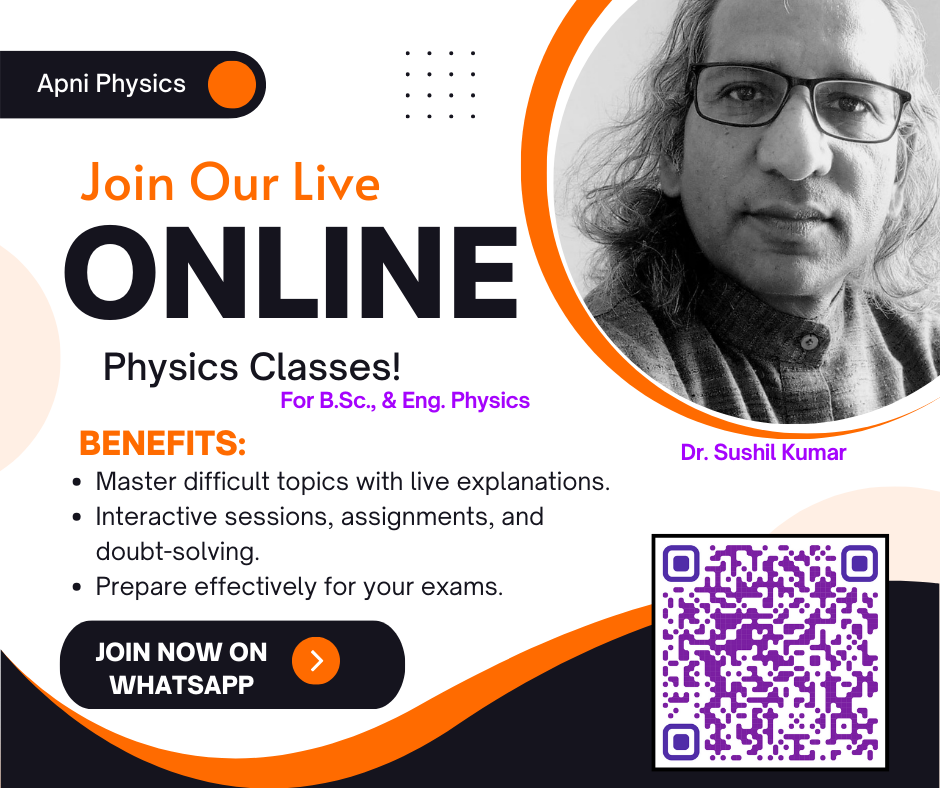Last updated on Wednesday, March 1st, 2023
To determine the Planck’s constant, in this experiment we use 3-4 different colors light emitting diodes. We observe the stopping potential of each LED and plot it with the frequency or wavelength to calculate the value of Planck’s constant.
The quiz is helpful to you to understand the basic concepts of the semiconductor diode. Check here what you should know and what you missed in your practice.
Let me know your questions if you have comments in the box.






